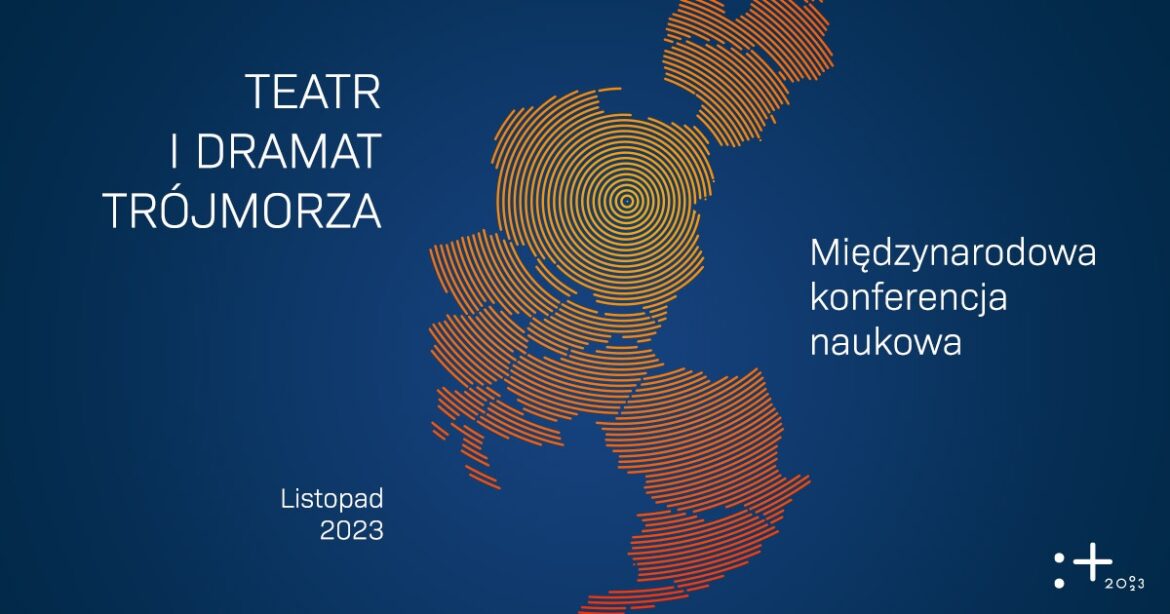From 20 to 22 November, the Zbigniew Raszewski Theatre Institute is organising the International Scientific Conference “Theatre and Drama of the Trimarium”.
The conference aims to identify the situation of theatre and dramatic literature in our part of Europe, which has seen the clash of very different cultures and civilisations for centuries, and which has also seen the emergence of a great many original and self-generated phenomena. On the occasion of the meeting of theoreticians and practitioners of theatre and drama from Estonia, Latvia, Lithuania, the Czech Republic, Slovakia, Hungary, Austria, Slovenia, Croatia, Bulgaria, Romania and Poland, the organisers want to ask a few questions: has the common historical experience created a certain common trait in the area of performing arts, has theatre as an art directly related to the here and now reacted in a similar way in these countries to the turbulent and violent transformations taking place in the 20th and 21st centuries, and finally – can we (and perhaps should we) break with the conviction that theatre and drama of the Trimarium region is secondary to the rich (but is it really richer? ) theatrical traditions of Western Europe or Russia.
The conference is also an opportunity to look at the peculiarities of the dramatic theatre of the Trimarium region, its historical experiences, main currents, and trends.
The Trimarium Initiative serves to strengthen links in the wider Central European region (between the Baltic, Adriatic, and Black Seas), creating a sustainable basis for economic development in energy, transport, digital communications and the economy. It also stimulated scientific research as well as critical reflection by drama and theatre scholars, who recognised the dissimilarity, but also the underestimation of the cultural area of 12 countries: Austria, Bulgaria, Croatia, Czech Republic, Estonia, Hungary, Latvia, Lithuania, Poland, Romania, Slovakia, and Slovenia.
According to the organisers, the area encompassing the countries of the Trimarium Initiative accounts for almost one third of the total area of the European Union. More than 112 million people live there.
Adrian Andrzejewski





